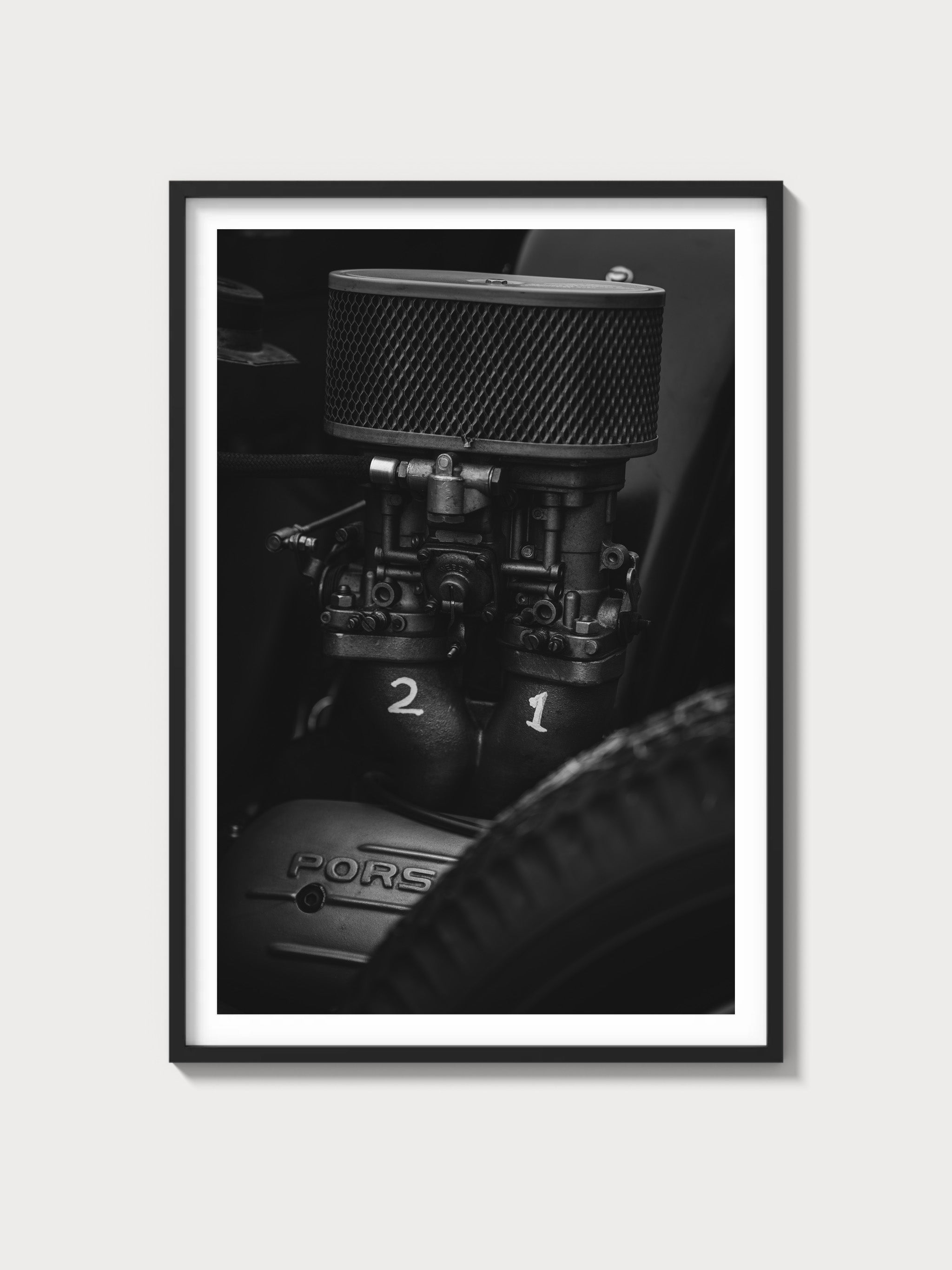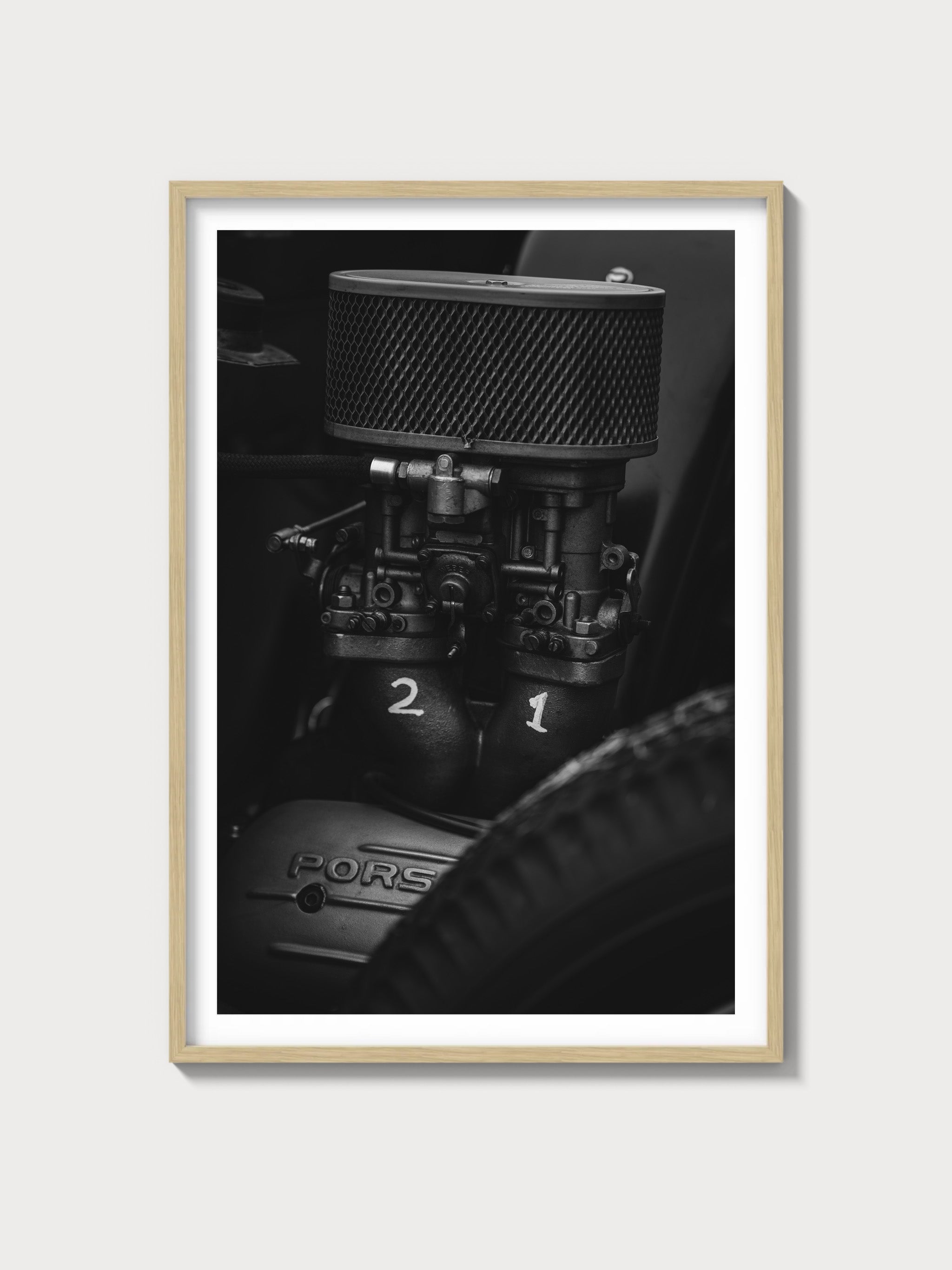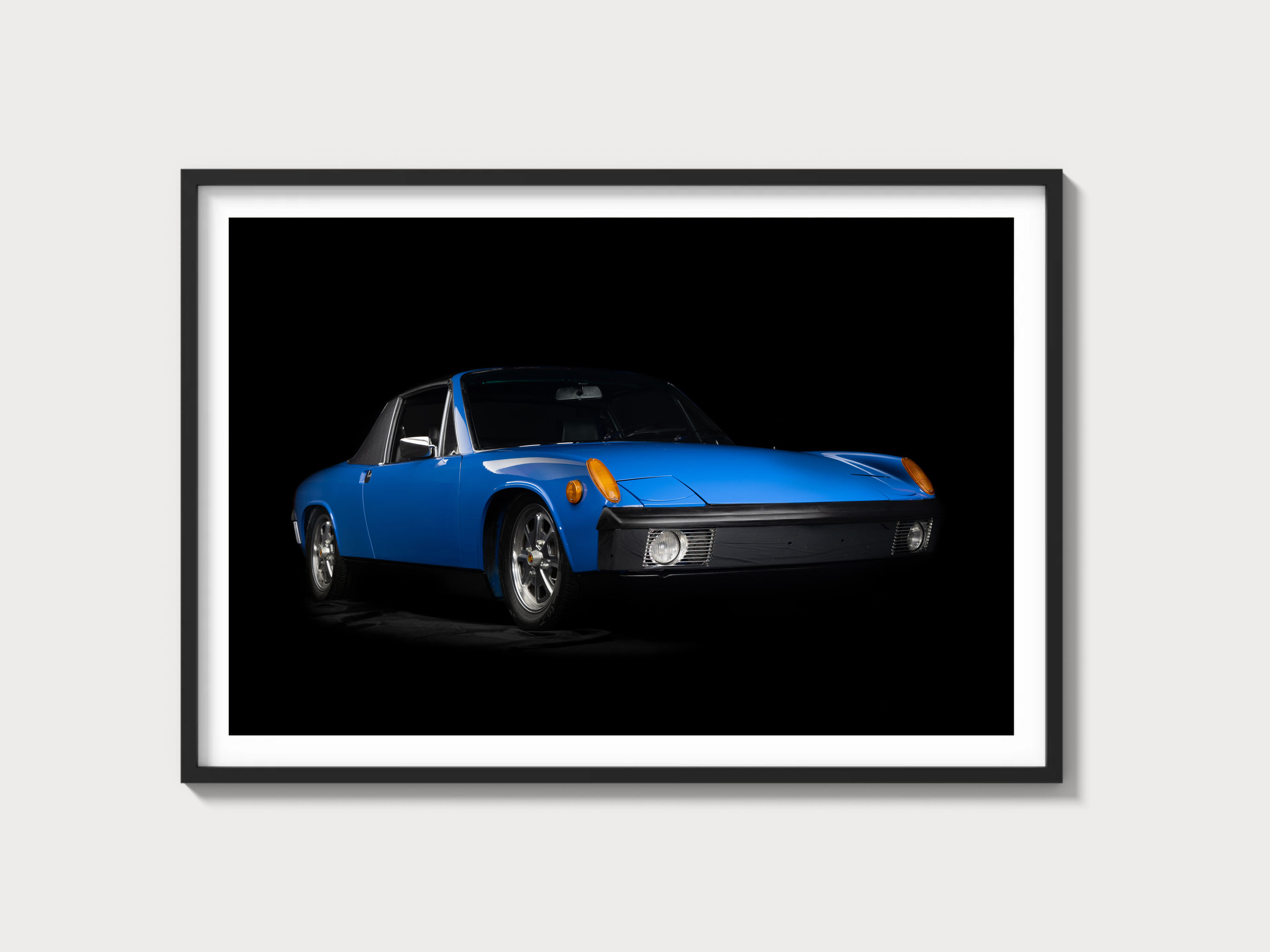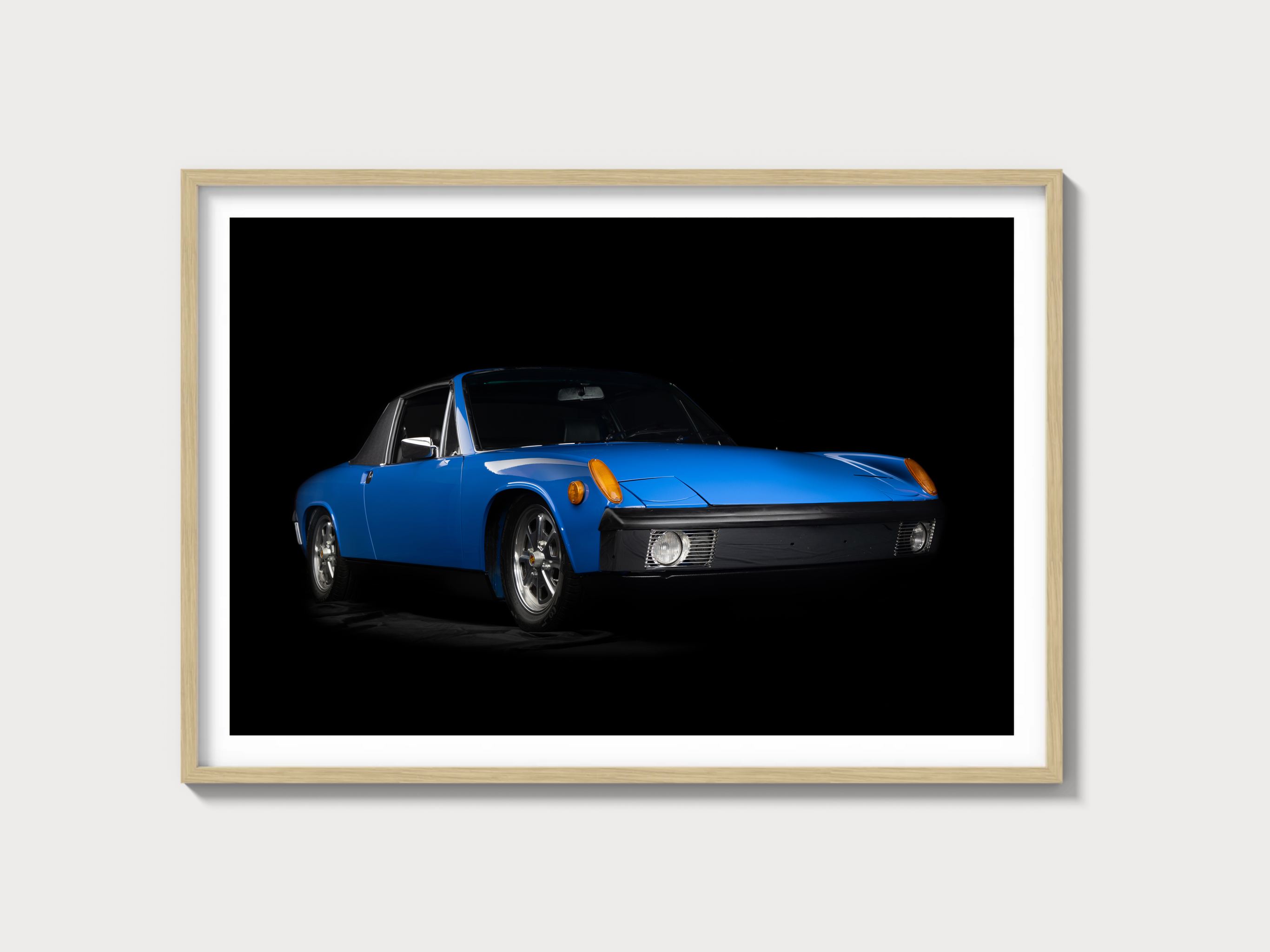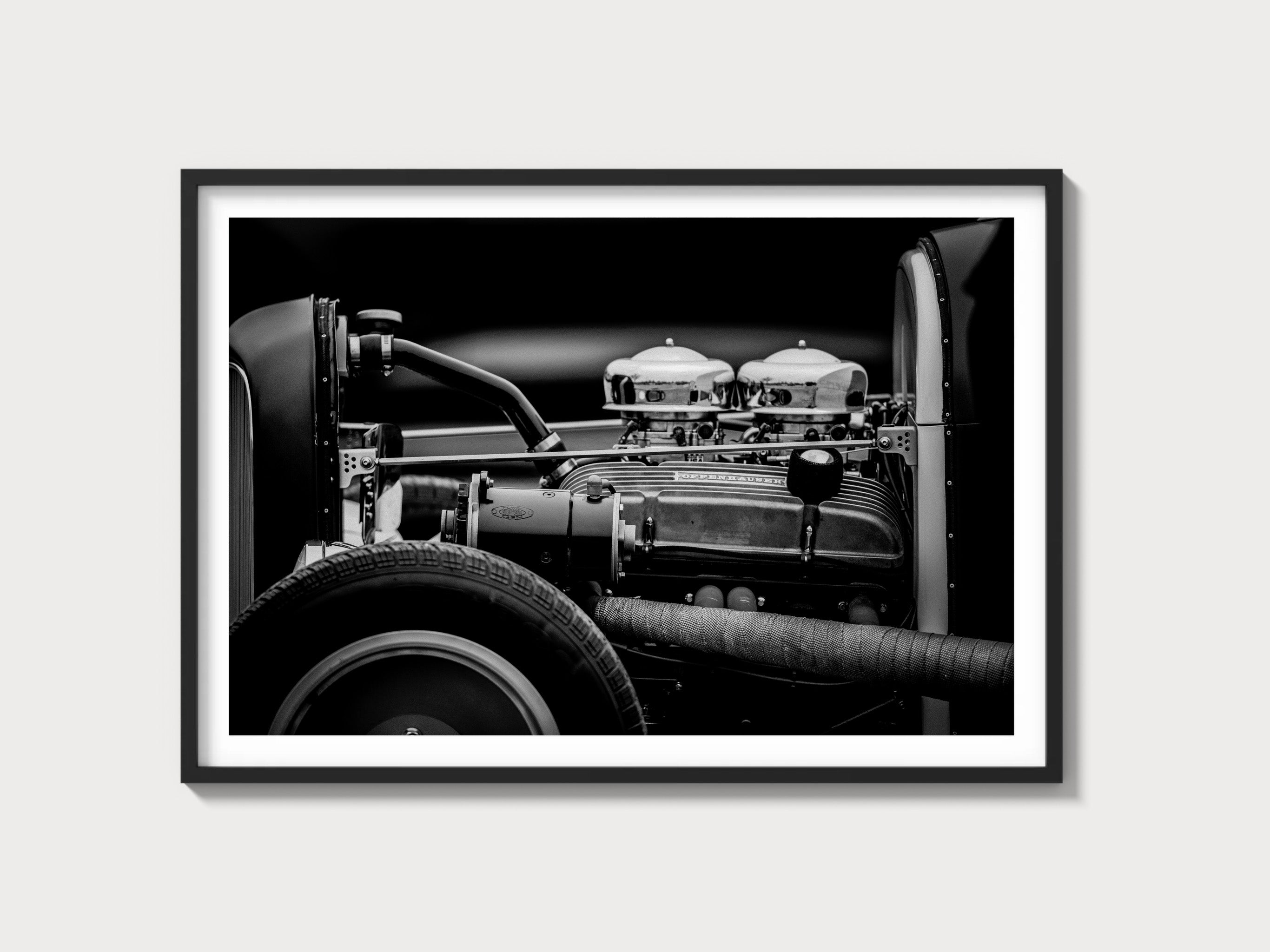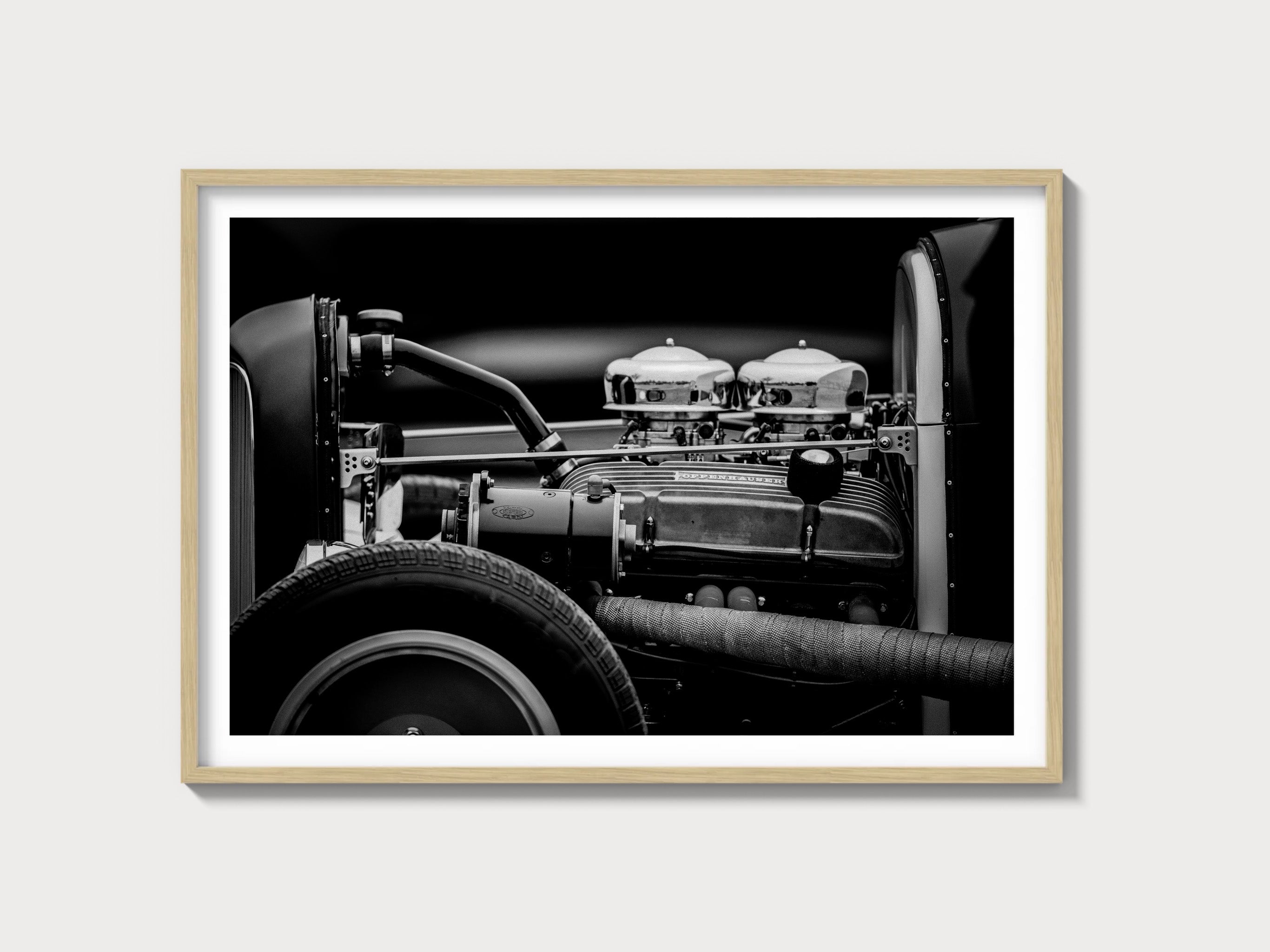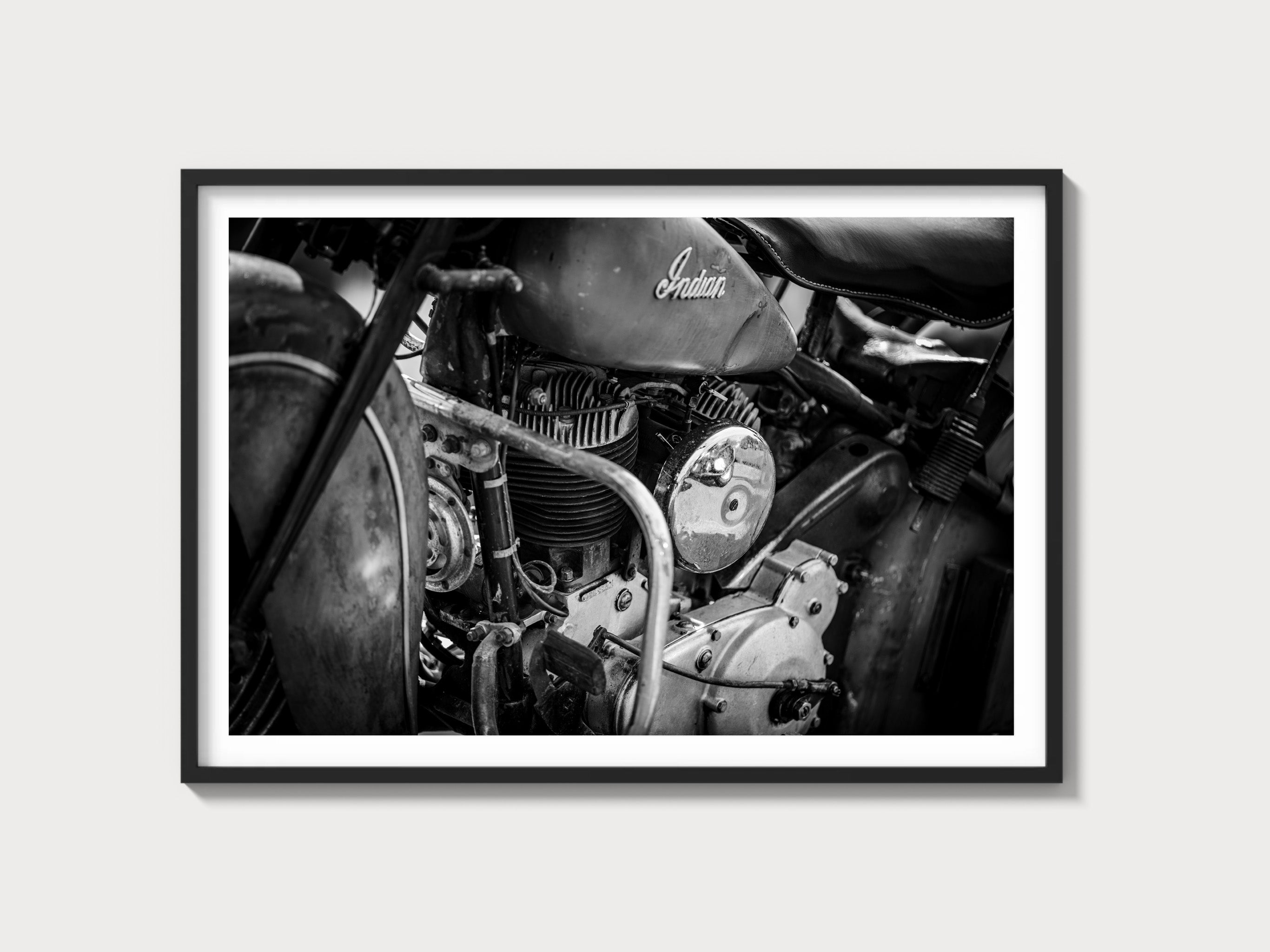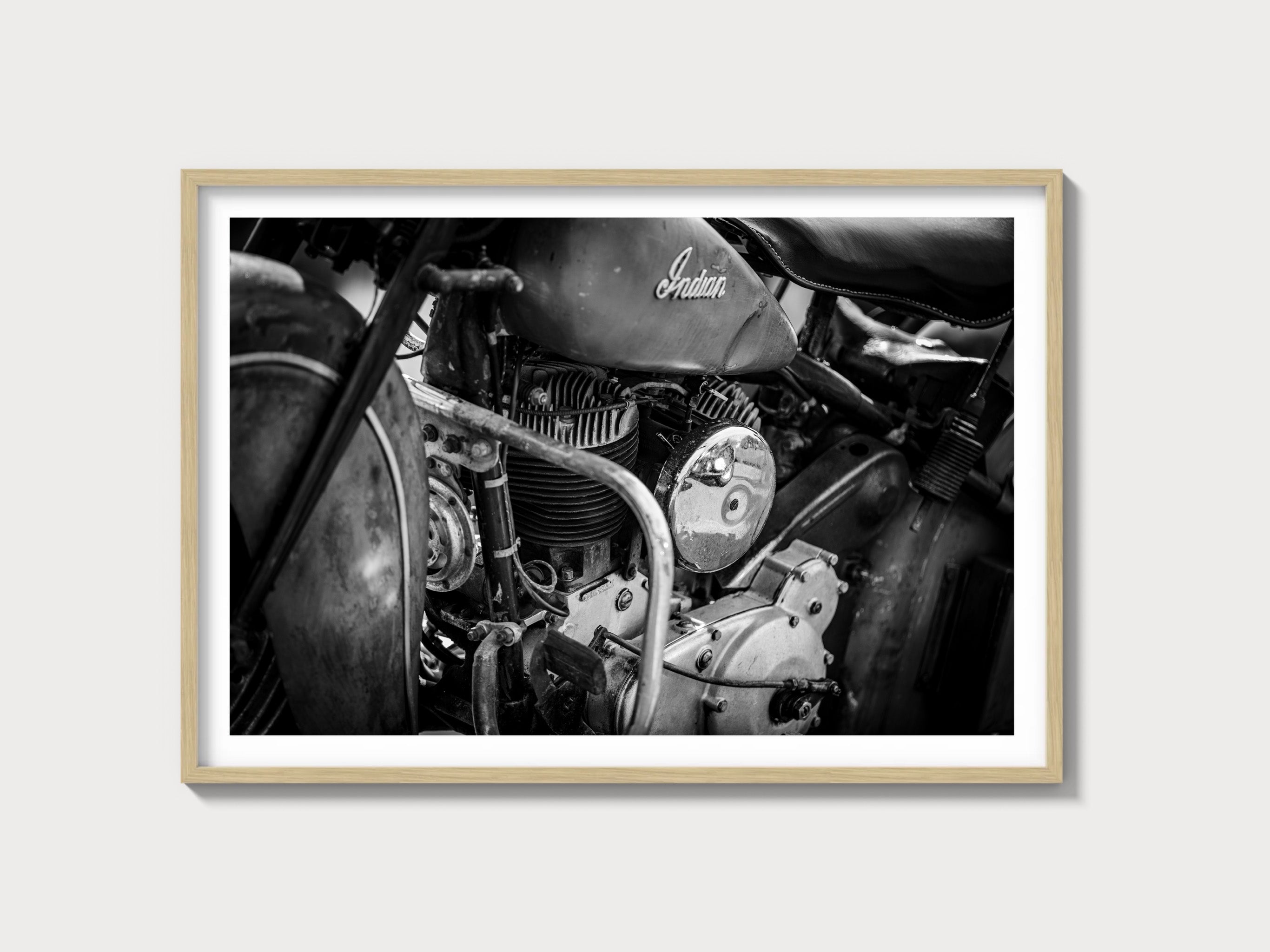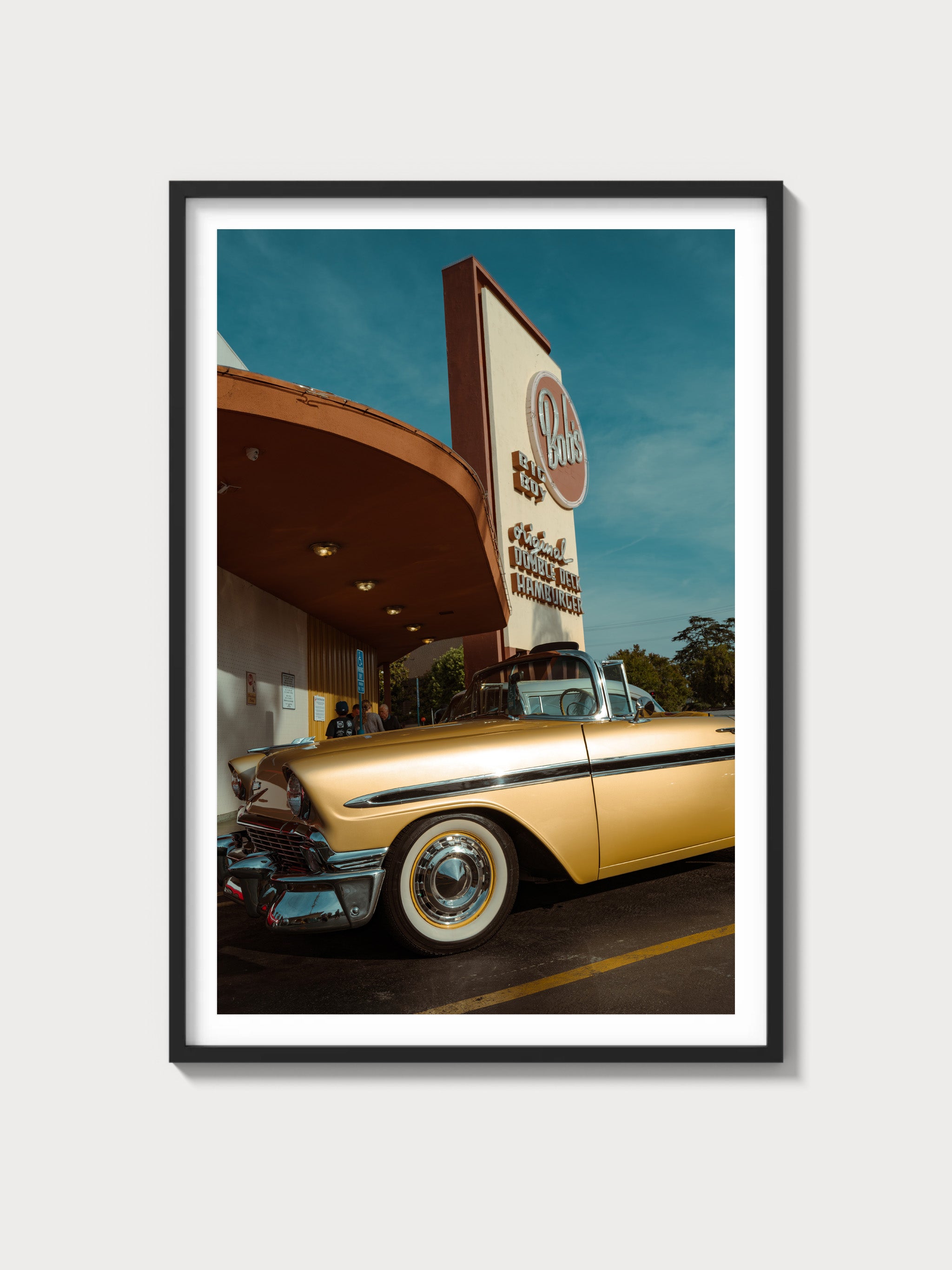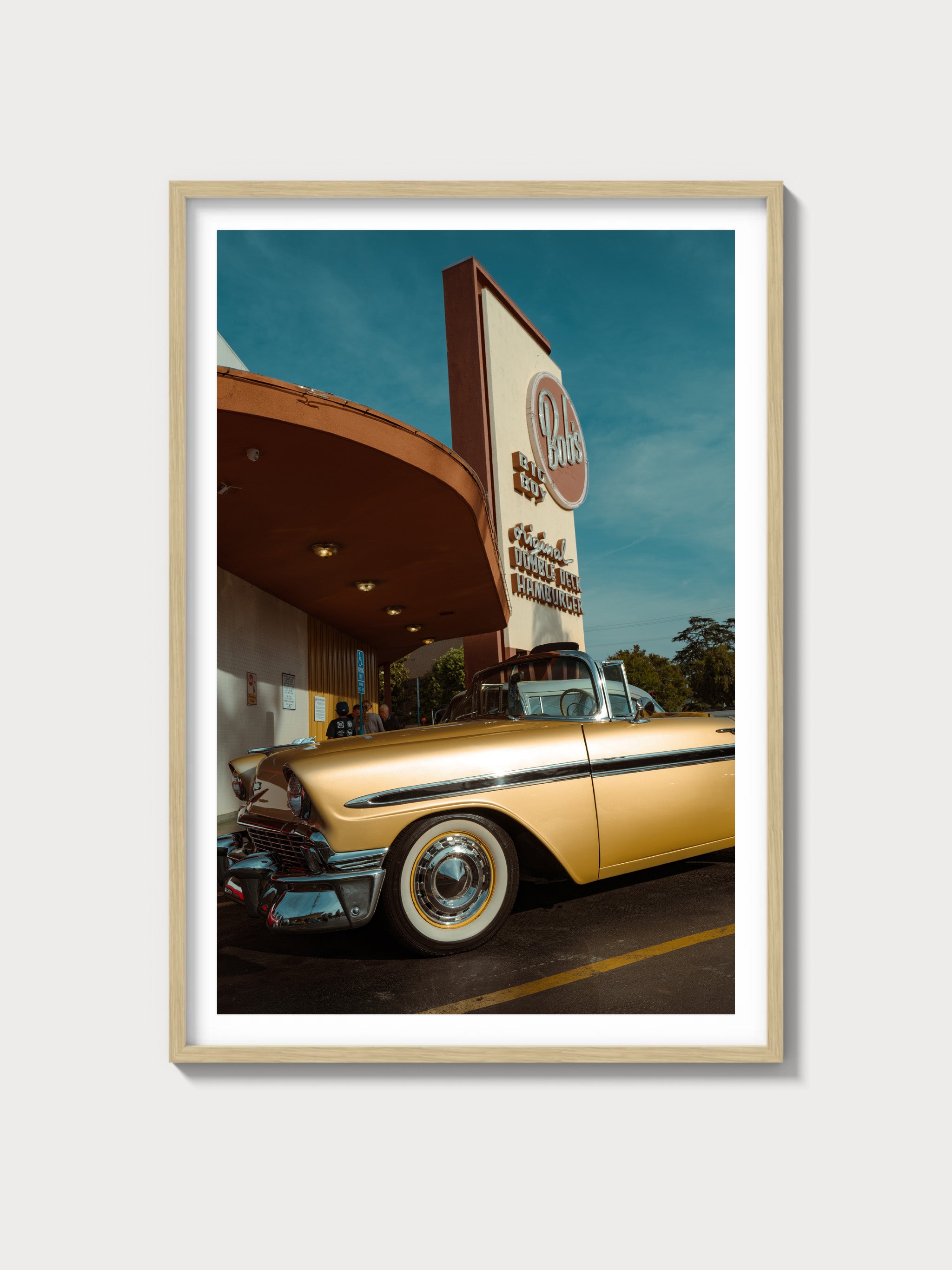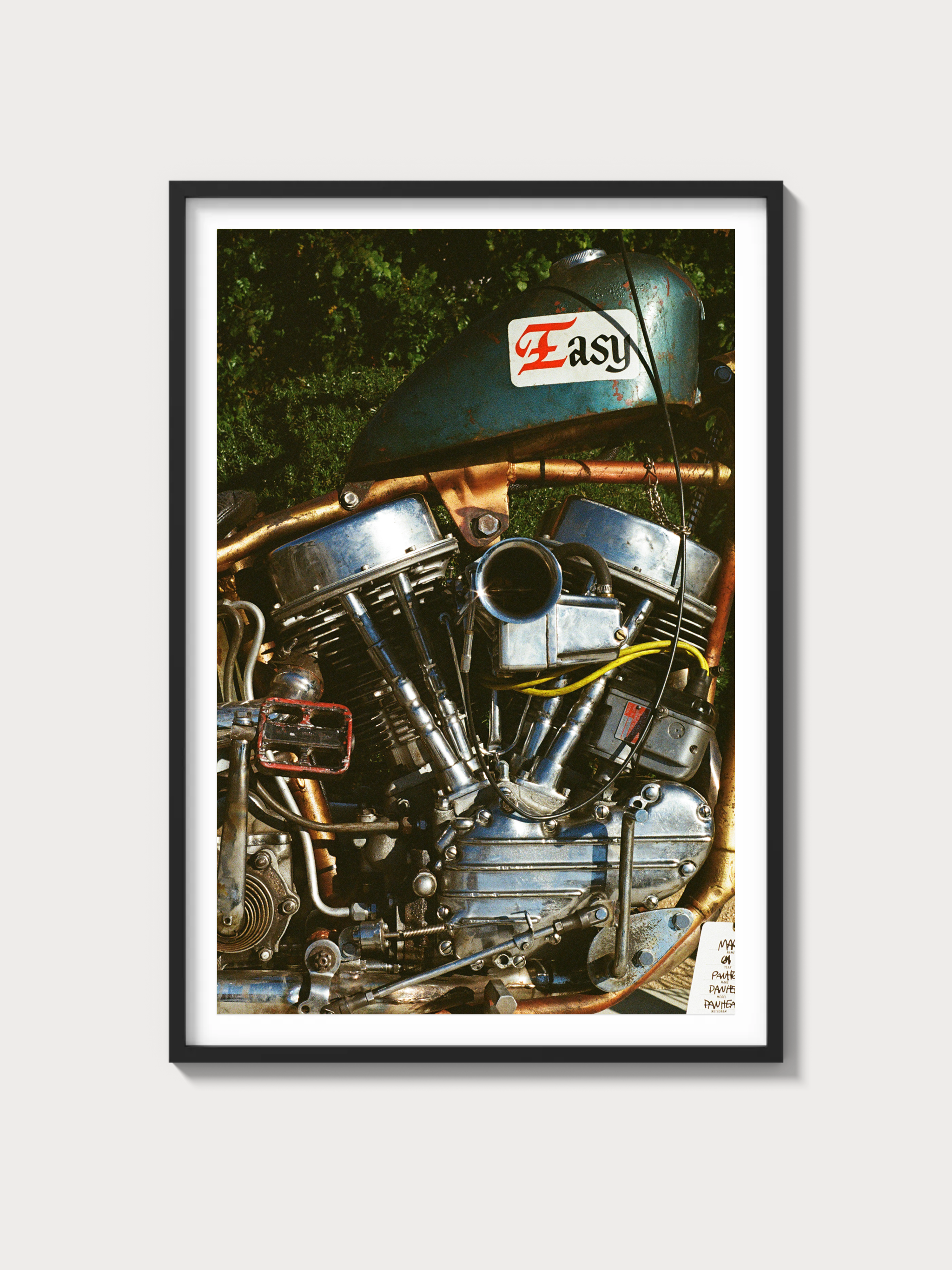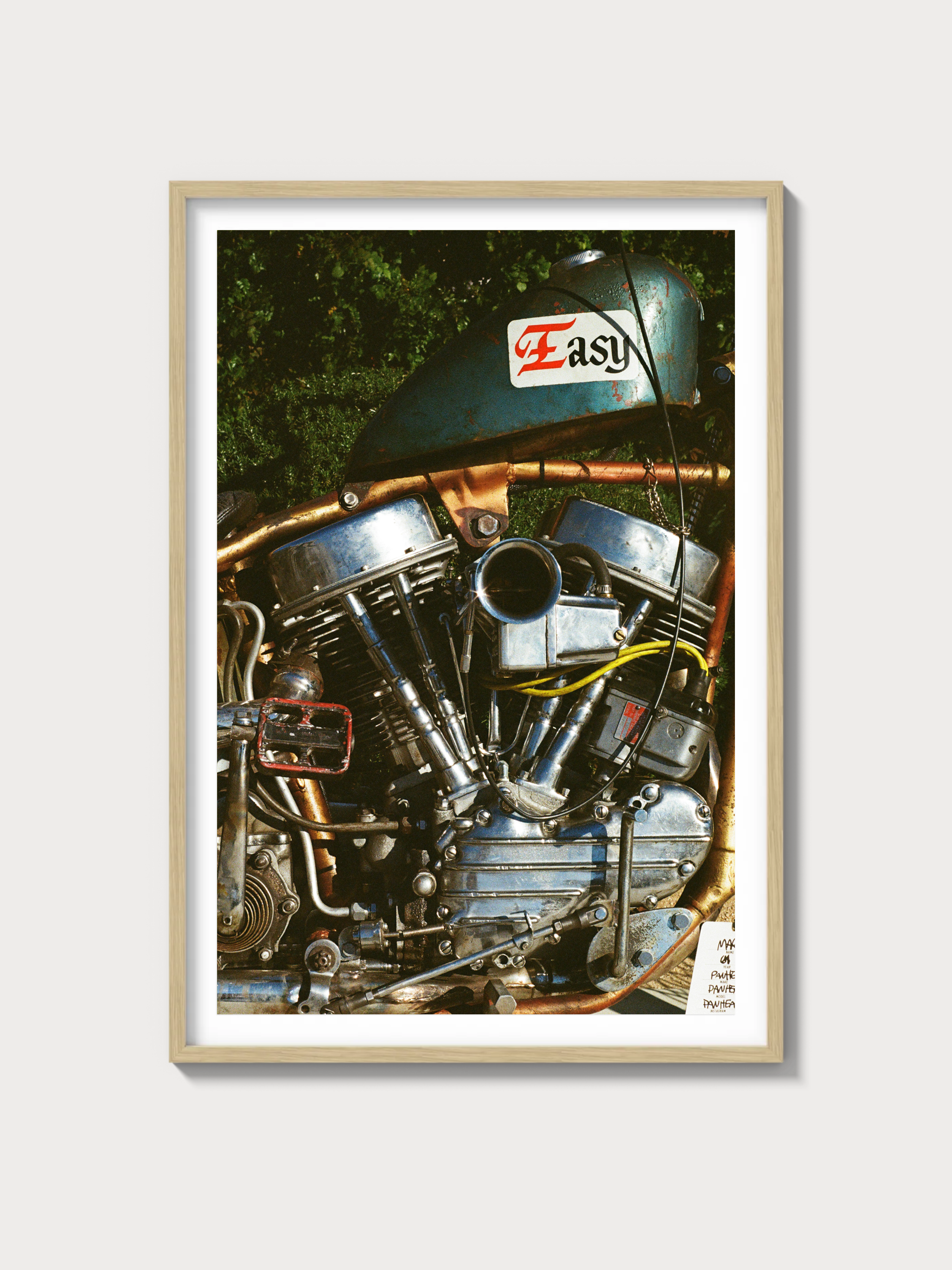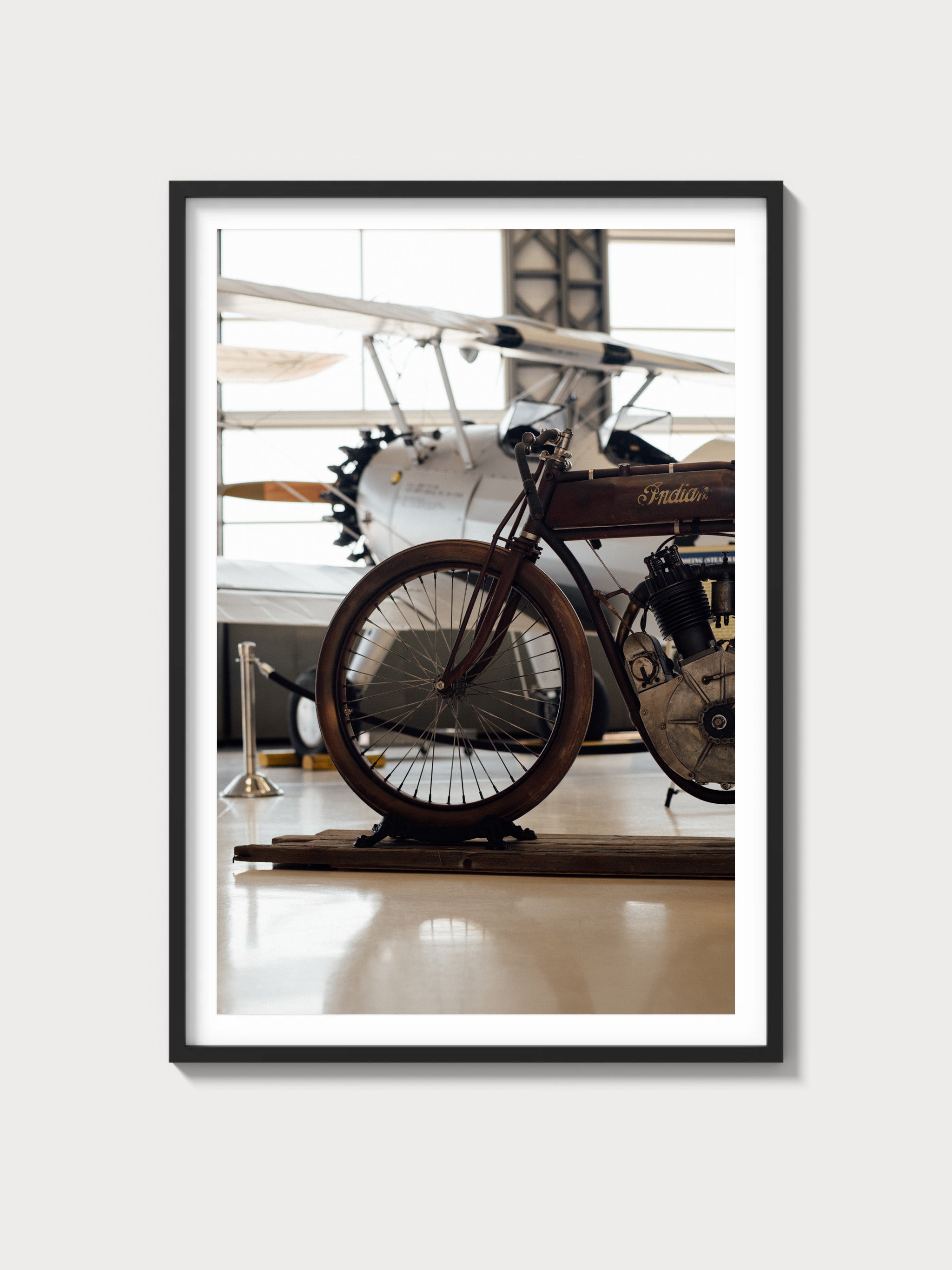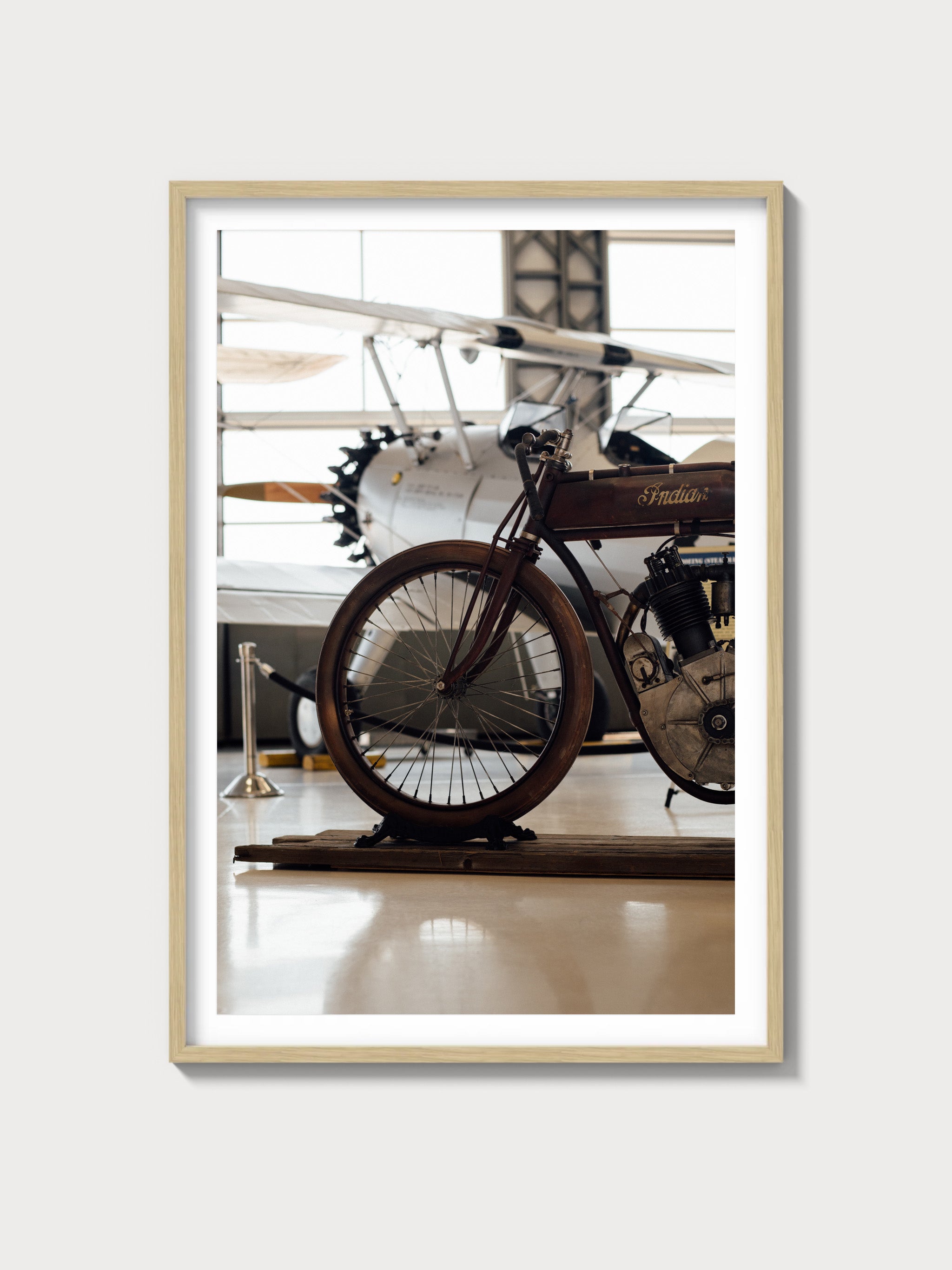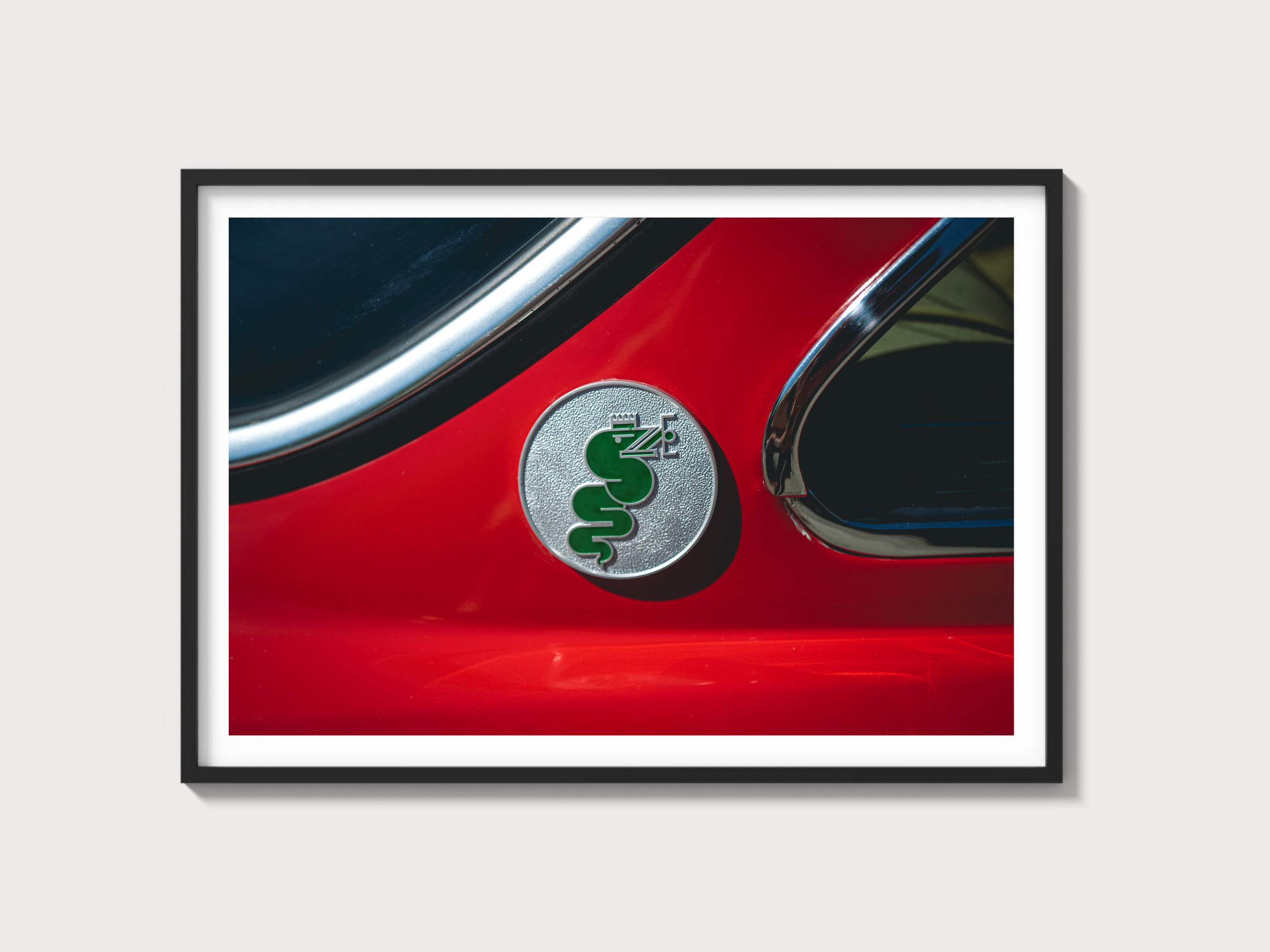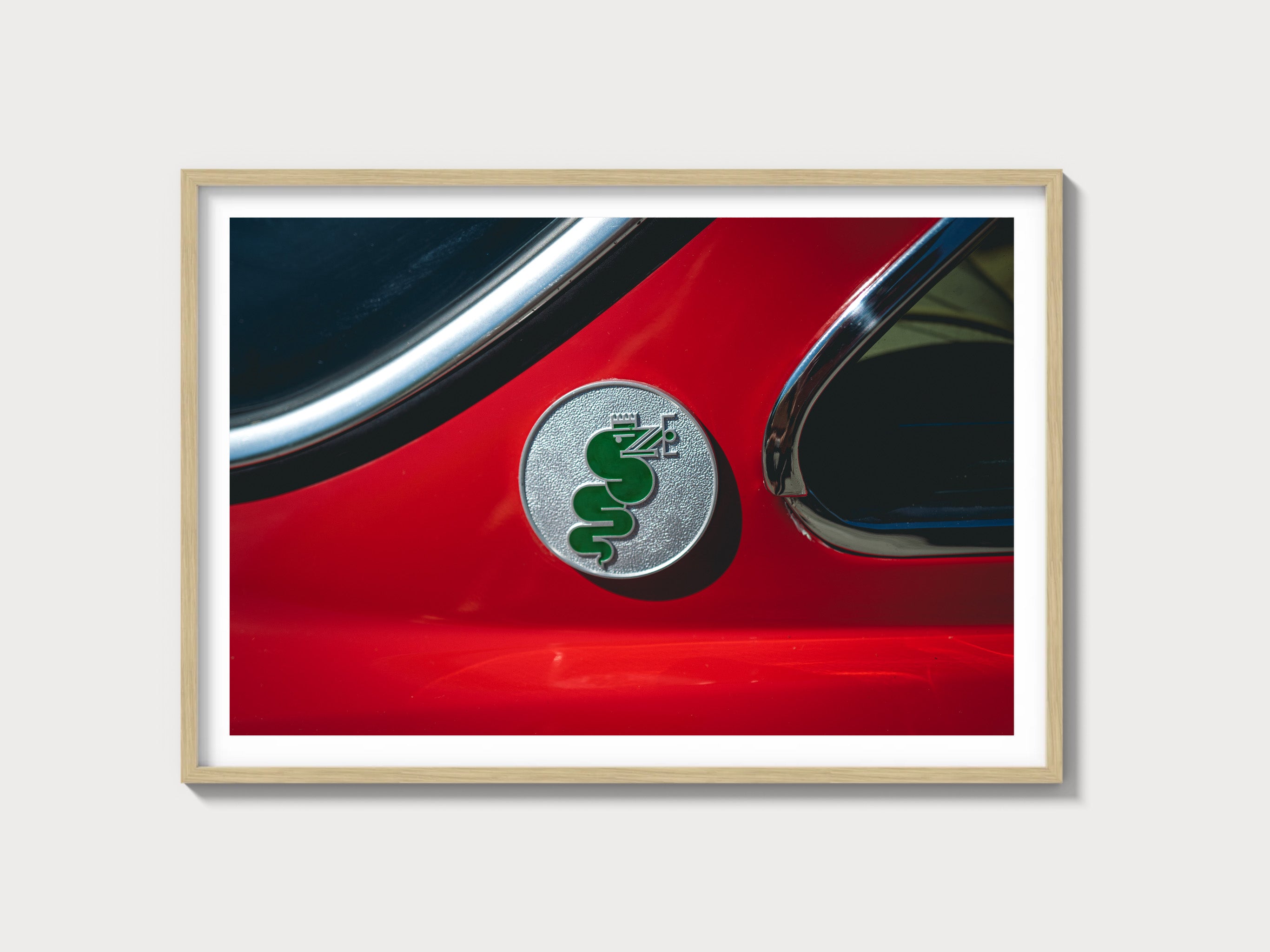1960-1963 Ford Falcon Base: Compact Car Pioneer
Historical Context and Development Background
The inception of the Ford Falcon in 1960 marked a pivotal shift in the American automotive landscape. As post-war prosperity fueled demand for larger vehicles, Ford recognized a burgeoning market for more economical, compact cars. The Falcon, designed under the leadership of Robert McNamara, was Ford's answer to this need, directly targeting the increasingly popular imports like the Volkswagen Beetle.
The Falcon was engineered with simplicity and practicality in mind, featuring a unibody construction and a straightforward design language. Its clean lines and modest proportions distinguished it from the larger, more ostentatious models of the era, making it appealing to a new wave of urban and suburban drivers.
Engine and Technical Specifications
| Specification | Details |
|---|---|
| Engine Configuration | Inline-6 |
| Displacement | 144 cu in (2.4 L) |
| Horsepower | 85-101 hp |
| Induction Type | Natural Aspiration |
| Redline | 4500 RPM |
| Fuel System | Carter Carburetor |
| Compression | 8.7:1 |
| Bore/Stroke | 3.50 in x 2.50 in |
Driving Experience and Handling Dynamics
The Falcon's ride quality was a defining feature, characterized by a supple yet controlled suspension setup. Its coil spring front suspension and leaf spring rear suspension provided a comfortable ride, absorbing road imperfections with ease. The manual gearbox, a three-speed column shift, offered precise engagement, though the optional Fordomatic automatic transmission was a popular choice for those prioritizing ease of use over driver involvement.
Full Performance Specs
| Performance Metrics | Details |
|---|---|
| 0-60 mph | 15.5 seconds |
| Top Speed | 90 mph |
| Quarter Mile | 20.0 seconds |
| Weight | 2500 lbs |
| Layout | Front-engine, rear-wheel-drive |
| Brakes | Drum brakes all around |
| Suspension | Front: Coil springs; Rear: Leaf springs |
| Gearbox Type | 3-speed manual/2-speed automatic |
Variant Breakdown
- Base Model: Standard features, available in 2-door and 4-door configurations.
- Deluxe Model: Upgraded trim with additional chrome accents and interior options.
- Futura: Introduced in 1961, featuring unique badging and a sportier interior.
Ownership Notes
Owning a Falcon today requires a keen understanding of mid-century automotive mechanics. Parts availability remains robust thanks to a dedicated enthusiast community, though restoration can be labor-intensive given the vehicle's age. Regular maintenance such as oil changes and brake inspections are crucial to ensure reliability.
Cultural Relevance
The Falcon's cultural imprint is significant, having been featured in popular media and becoming a staple of American car culture. Its affordability and straightforward engineering have made it a favorite among collectors, with auction prices reflecting its growing desirability. Although it lacked a formal racing pedigree, the Falcon's lightweight construction made it a popular choice for grassroots motorsport enthusiasts.
FAQs
- How reliable is the 1960-63 Ford Falcon Base? Generally reliable with regular maintenance, though age-related issues can arise.
- What are the value trends for the Ford Falcon Base? Increasing interest among collectors has led to a gradual rise in value.
- What engine options were available? Primarily an Inline-6 engine with incremental power upgrades over the years.
- What are common issues with these models? Rust and electrical problems are common given the vehicle's age.




